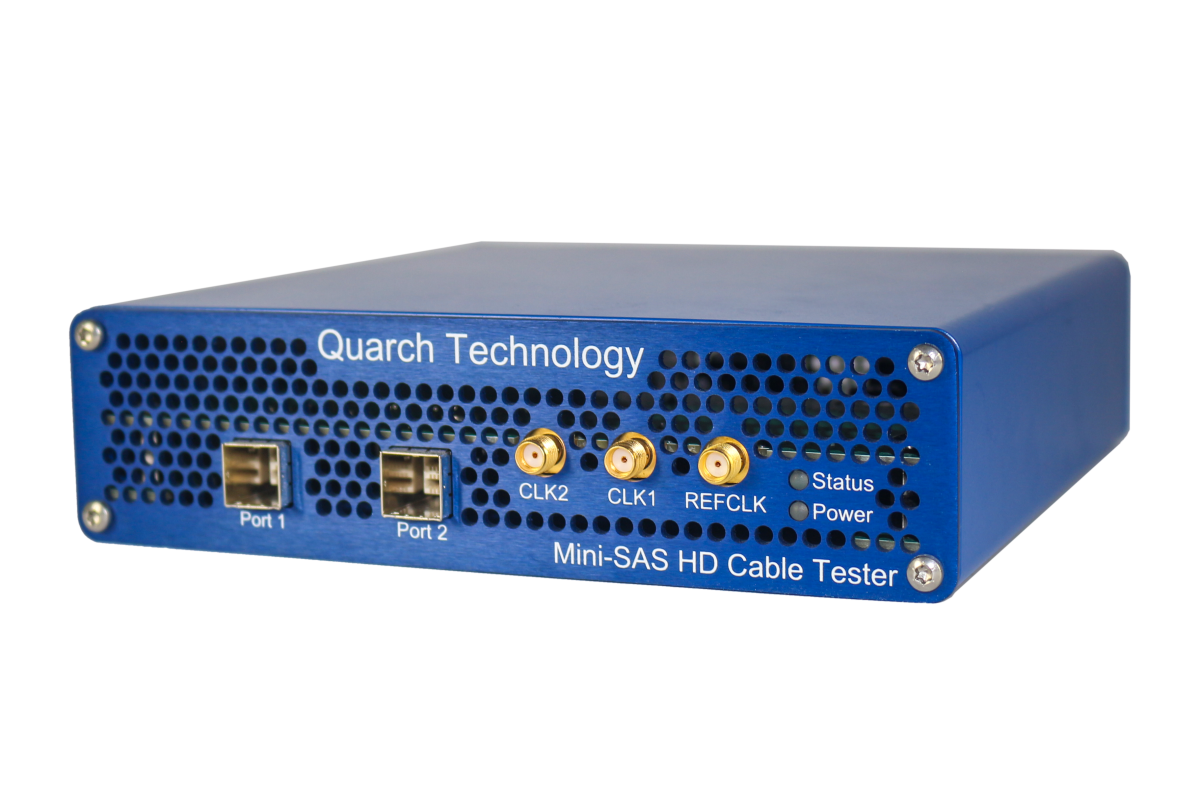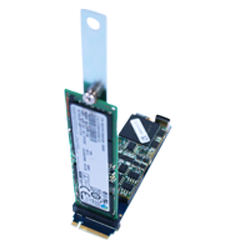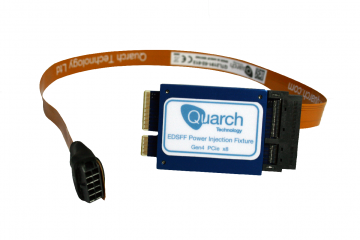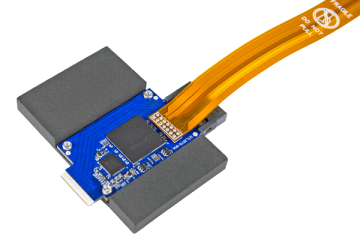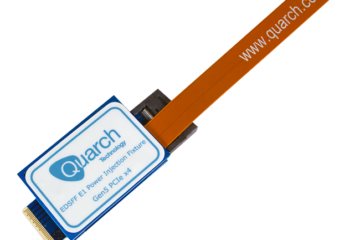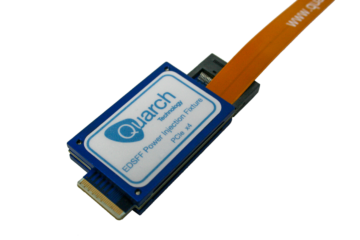
Andy Norrie
FIRE! The critical flaw with EDSFF Cables
EDSFF x4 drives are rapidly gaining popularity in the industry, and this means more testing. There is a key risk when bench testing drives, and it can lead to a fire when testing is done outside an enclosure!
EDSFF drives are keyed by offsetting the SSD connector to the side of the enclosure. When the drive is slid into an enclosure, it is guided in by rails. If the drive is inserted upside down, the connector will not line up. This offset prevents the drive (or our test fixtures) from being plugged in the wrong way around.
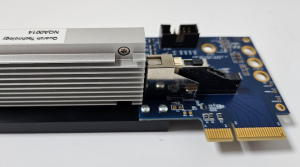
The issue is bench testing. Labs will sometimes want to run tests outside of a drive bay. It might be to access debug ports on the drive or to cable into another fixture or host card for early testing.
Look at the EDSFF connector below; there is no ‘keying’ on the pins. Keying is a slot or shape that prevents you from plugging something in the wrong way.
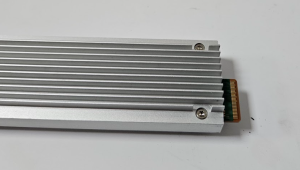
Here is an SSD using a fixture with a bottom rail; the drive fits into the connector when oriented correctly
If the drive is inverted, the pins cannot fit into the connector, so the fixture is safe

Here is a Quarch fixture on an E1 drive. Note how the bottom of the fixture aligns. This also insert into the drive fixture correctly:

If either the SSD or fixture is flipped, the pins will no longer line up and cannot be plugged in. Again, this is safe.

So where is the fire?
When plugging into a fixture like those above or an EDSFF drive bay, there should be no possible way to insert incorrectly.
Here is the receptacle end of a typical EDSFF extension cable found online. There are many like it. There is no warning sign or even a visible orientation marking. This will plug onto an SSD in BOTH directions.
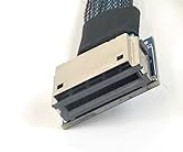
Because the specification does not provide keying on the connector, its hard to design one that will be safe. If the connector has a plastic enclosure extended from it to go round the drive, it could be made safe (like the fixture above). Because it does not, this cable is an accident waiting to happen!
Any EDSFF extension cable or host that does not include rails or other enclosure elements to prevent reverse plugging is dangerous!
If the SSD is inserted the wrong way around into this connector, the 12v power supply and ground pins are directly shorted. This can damage equipment and even risk a fire if the power supply does not cut out quickly.
Here is an example of an EDSFF connector that was plugged into an extension cable in reverse. In this example, an unkeyed test cable was used, which fits onto an SSD in either direction. Given the charring, it is likely that the 12v rail was supplied from an ATX power supply or similar, which can produce a large current.

Again, the issue here is the design of the EDSFF 1C (x4) connector, which has no keying. Device makers cannot solve the issue, as they have to follow the EDSFF specification. The host or cable attached is the one that must implement keying.
We strongly recommend customers to avoid extension cables or bench testing that does not include physical prevention against the SSD being reversed. If there are multiple fixtures or cables in the chain, then ALL points must be protected; a reversal anywhere in the chain will result in a potential fire.


